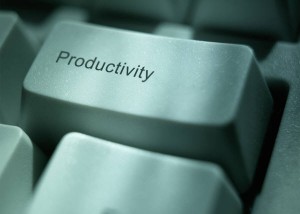
When I worked at a job outside the house, it was easy to separate my work and personal life. I got up, got dressed in work clothes (which weren’t the clothes I wore outside of work), went to my job, and came home. As soon as I left, there was no connection to work. I never had a remote login or 24-hour on-call status, so it was easy to say “I’m done.”
Now that I work from home, it’s much harder. It’s tempting to just check in when I’m enjoying a quiet Saturday morning or to go down the rabbit hole of checking email. One way I manage this is by having separate work and personal email addresses. I was surprised to learn at a recent Hubspot webinar on email marketing that 88% of survey respondents did not have separate work and personal email addresses!
This is something I’ve had as long as I’ve been self-employed. When I’m out having fun, the last thing I want is work intruding on my time. Don’t get me wrong, I LOVE my business and tend to work too much already but I don’t want to think about work when I’m doing something else. If I’m out hiking or visiting family on a weekend, I don’t even want to know about loose ends that need to be taken care of. If I read an email and need to do something about it, I don’t want that hovering in my thoughts while I’m having fun.
As solopreneurs, we ARE the business and it becomes much harder to separate and take a break than for people who have a job with someone else. But you absolutely have to carve out some time to disconnect or you’ll lose a lot of the biggest benefit of being self-employed – freedom. I strongly recommend separate work and personal email addresses for solopreneurs. Try this tiny step and see if you feel more at ease when you’re “off.”
Do you have separate business and personal email addresses? Why or why not?



